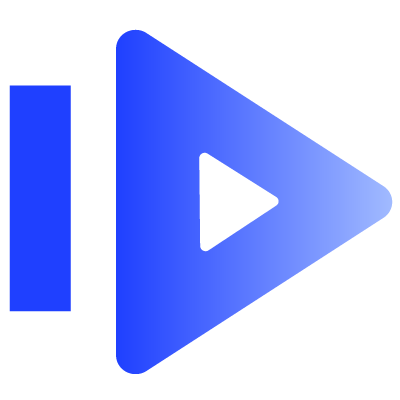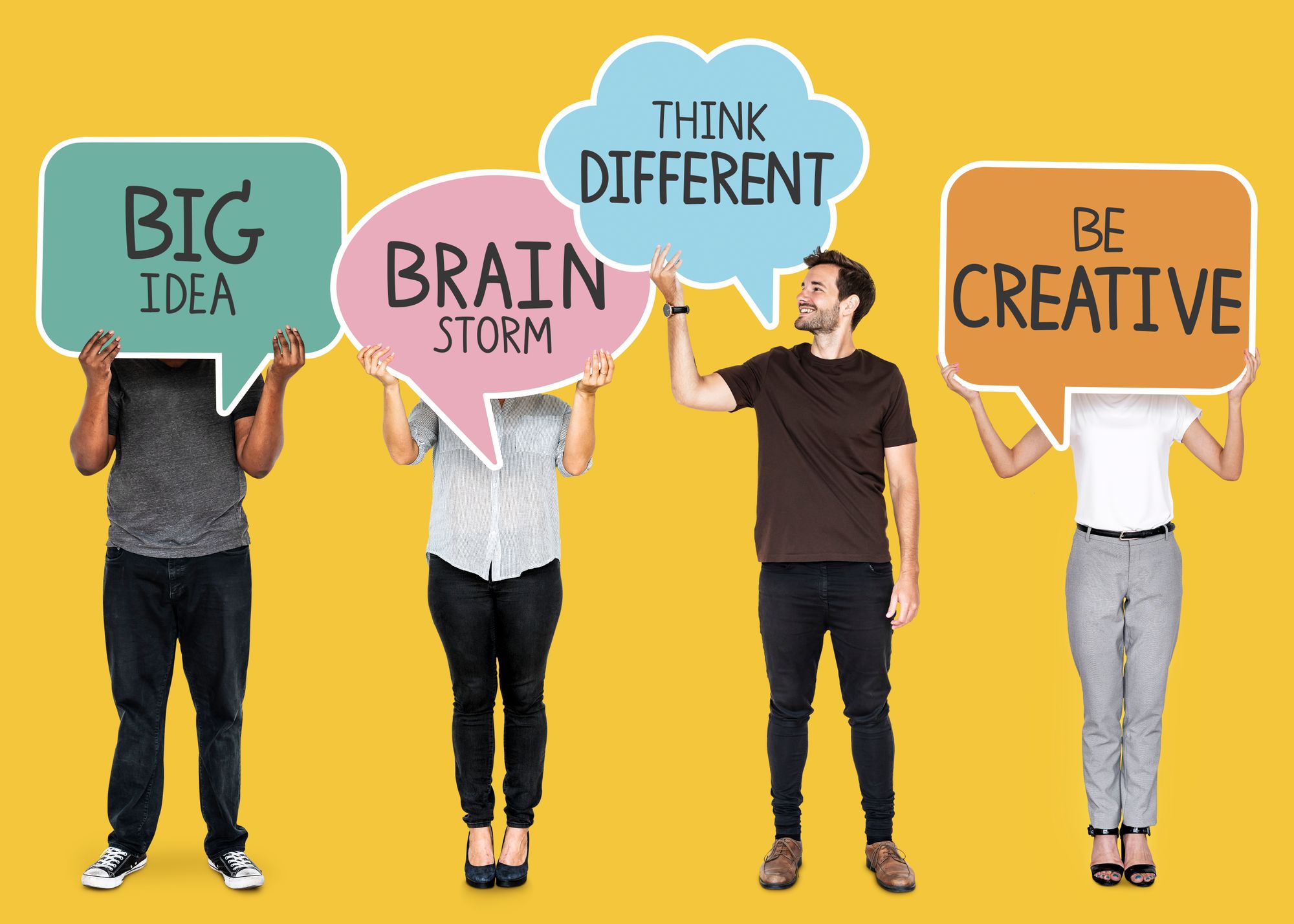In the morning you wake up with a brilliant idea in your head that you want to share with your Art team as soon as possible. You feel so passionately towards it that you even forget to take a bath, and instead, head to the office directly. However, at the office, you are disappointed to see your colleagues stare back at you with those big confusion dripping eyes. Words, Gestures, narration, animation....you have used probably every thing in your capacity to explain them situations, scenes and characters you want in your next marketing video. And yet, the entire team is unable to visualize what you could envision so easily.
Where is the problem you don't know.

But what you do know for a fact is that your idea is something that has never been worked on before. And if the art team could successfully process and execute it, it won't be late before your brand bubbles up to the top of every client's mind.
Knock Knock!
Well, there indeed is something that can help you put your thoughts right in front of your marketing, content and direction team in a more organised, simple and artful manner: A STORYBOARD! Well, yeah, right, thanks for mentioning it. But could you please tell me what exactly a Storyboard is and how do I make one.
Relax, for I am here to explain everything that is there is to a storyboard in an easy step by step process.
Beginning from What a Storyboard is.
A Storyboard is a Visual outline that you draw prior to shooting a Video. It is a sequential flow of frames that explains how a video story-line shall transpire. (What happens in your Video from first to last) In simple words, a Storyboard is a kind of a comic strip that combines sketches, texts and dialogues to communicate a story. One look at the outline and you can tell everything about the beginning, the flow and the climax of the video, and how each timeline and transition will be shot.
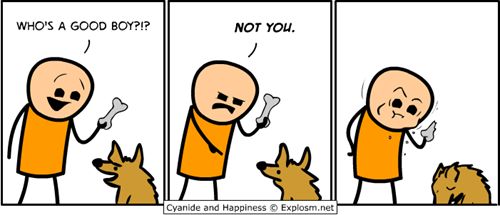
Moving on, Why do you even need a Storyboard?
Yes, I heard you. You think drawing a storyboard before shooting a video is too much hard work! But wait, let me tell you why a storyboard is worth your time and efforts.
- Organizes your thoughts: when you put all your thoughts in one place, on a piece of paper let's say, you are able to sort through all of them at once. What is more, you have the freedom to enliven your ideas using both pictures and texts. While drawing a storyboard you can easily visualize how a story is coming along and can think of better ways to direct it.
- Lets you plan your Videos more efficiently: as the famous saying goes "If you fail to plan you plan to fail." It is important to plan your video beforehand. Only when you and your team can visualize what product they want to see in the end can they work towards it, in the right direction. Remember the better you plan your videos the better the end results will be.
- Makes explaining your thoughts to your team so much easier: you can beautifully imagine how you want your video to be, however, it is extremely hard to explain to others what you have in your mind and how to reach it. This is where the storyboard helps! It helps you portray the entire Story-line, right from the beginning until the very end, on a piece of paper or digitally. This helps your team or the clients to envision the kind of video you have in your mind.
- Saves you from costly post-production mistakes: imagine someone coming up to you just when you have finished shooting a video, explaining how a particular scene could have been made more effective. Your heart skips a beat and jaws drop lower. You totally agree with them! But now, either you have to satisfy yourself with a video that you would always know could have been made better or chip in more money, and fix issues. Making mistakes in the world of professional videos is expensive. Therefore, solid brainstorming among the team members before making a video is a great idea.
Five Steps to an Outstanding Storyboard
Now that you know what you need a storyboard for, learn how to go about the process of creating a storyboard. Making a storyboard isn't as complicated as you would think it is. With the right idea and frame, you can easily create a perfect Storyboard .
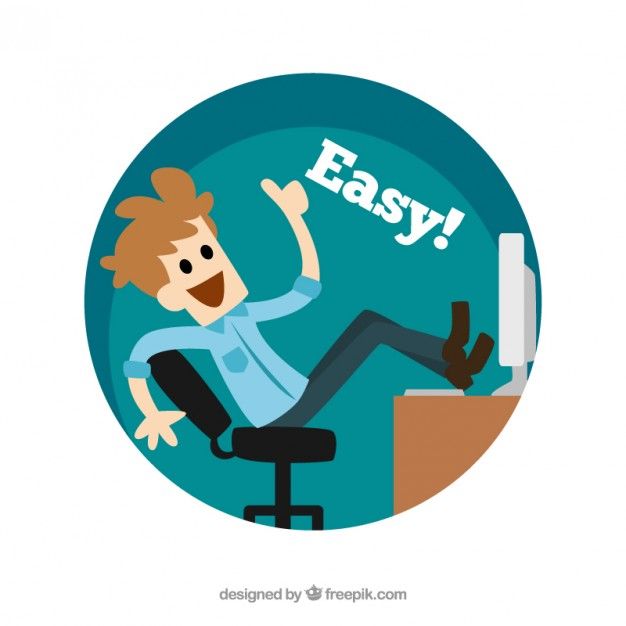
- Decide the purpose of the video.
- Dump all your ideas on a piece of paper and brainstorm with your team.
- Outline the beginning, the flow and the end of the video.
- Time to show your drawing skills.
- Add notes, dialogues, props etc. to explain transitions and minute details.
From Pixar to Hollywood, there is a famous pattern that almost every successful storyboard team uses to Hook, Engage and Impact their audience.
The pattern is easy to follow, and helps you quickly build a solid connection with your audience. I am not saying, it is the only way to create a memorable video. In fact there are many more that you can draw inspiration from and experiment with. Yet, there is something very special about this very particular pattern that I am going to tell you just now, and that will change the way you made videos forever.
The famous storyboard pattern: a Quick Mantra for successful Videos
- Introduce a Protagonist: The story usually starts with a hero. He/she can be seen doing their usual stuff. They are happy and content in their place. Suddenly something happens that intrigues us and puts our protagonist into an awkward situation. Until now we don't know what is it that has been troubling our hero, but we are intrigued enough to stay with the story-line and find out what's happening.
- The problem: here the problem is introduced for the first time. We finally get to know the source of our hero's tribulations. And surprisingly, what he/she is facing is exactly the thing we struggle with every day. We could at once connect with the story as now we see ourselves in the shoes of the hero.
- Time to Pop the Solution Out: this is the frame where you put your solution out, explaining how the hero used it to overcome their problem. On watching the hero benefiting from the solution you provide, your audience is thrilled. They no more are seeing the hero but themselves in the story. This is where they start trusting your brand. You understand their problem and can actually help them fight it.
- Call To Action: now is the time to tell your audience how you want them to interact with the services you provide. Make your CTA attractive and simple so that it has an instant impact on your audience, and help them learn how to reach you.
Wrap up:
To make a storyboard, it is important that you collect ideas from your entire team, discuss what is better than the best, and execute the sum total of all things great.
Story-boarding isn't just about making a video successful but also about giving a special thought to its basic core, so that it helps your audience understand your brand better. It is about caring for your customers, giving them nothing but the best.
That is all I have on storyboarding for now. If you want to add something more interesting to it, please feel free to share with us.

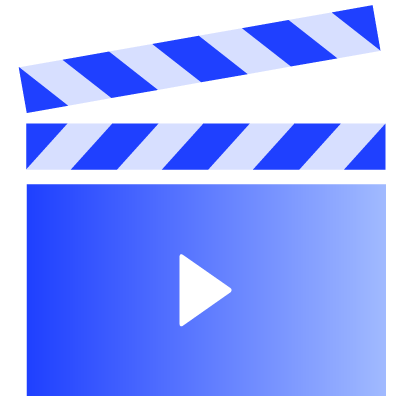
 Free Screen Recorder for Chrome
Free Screen Recorder for Chrome

